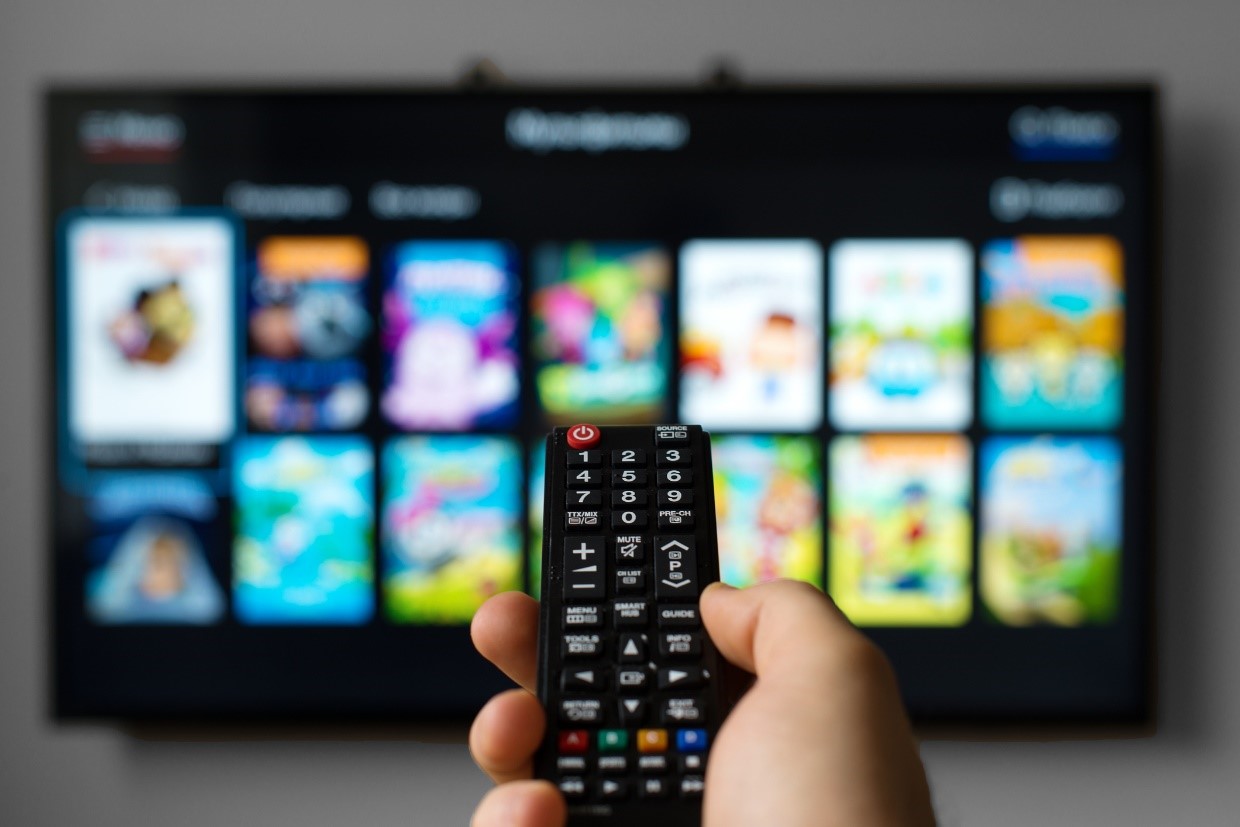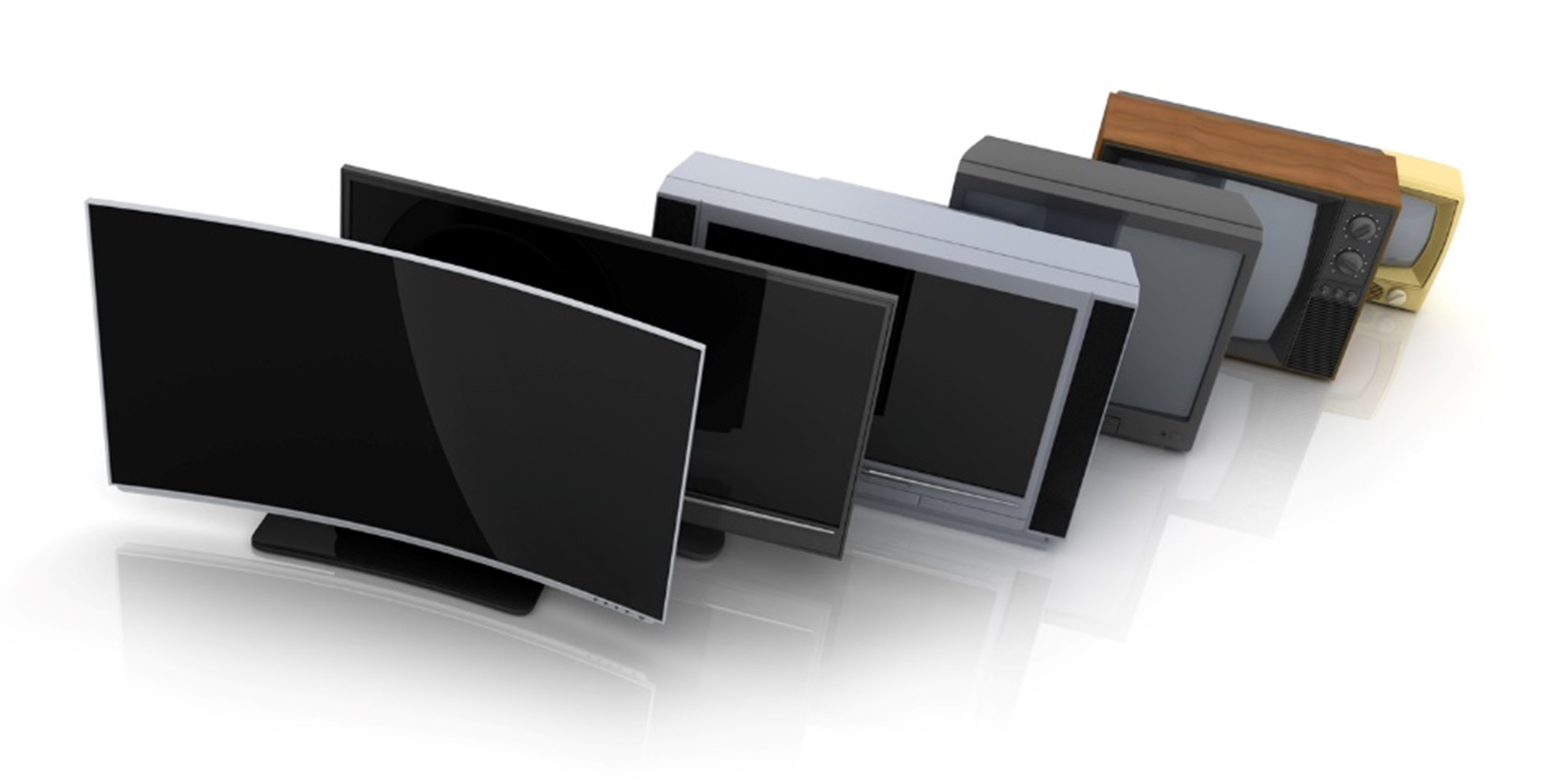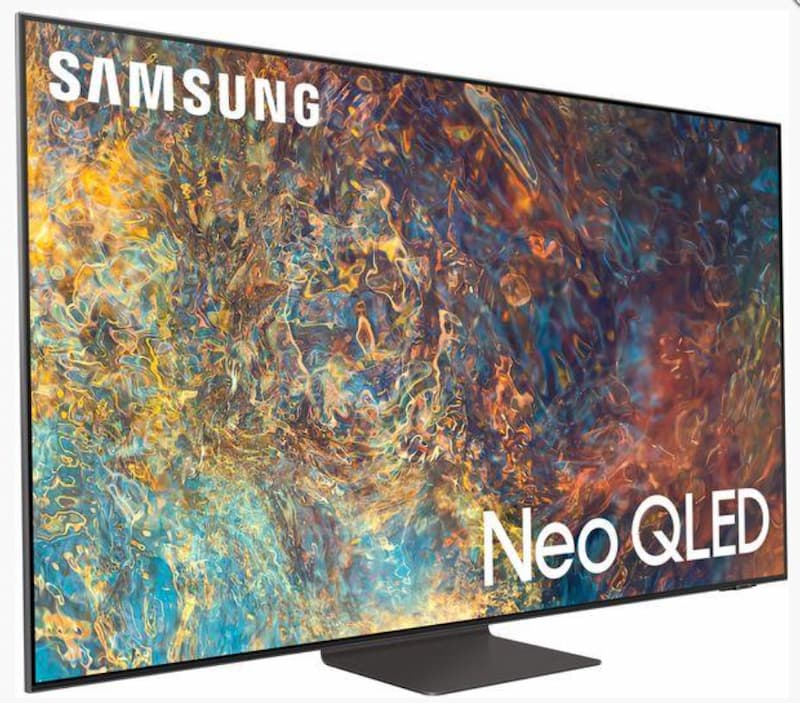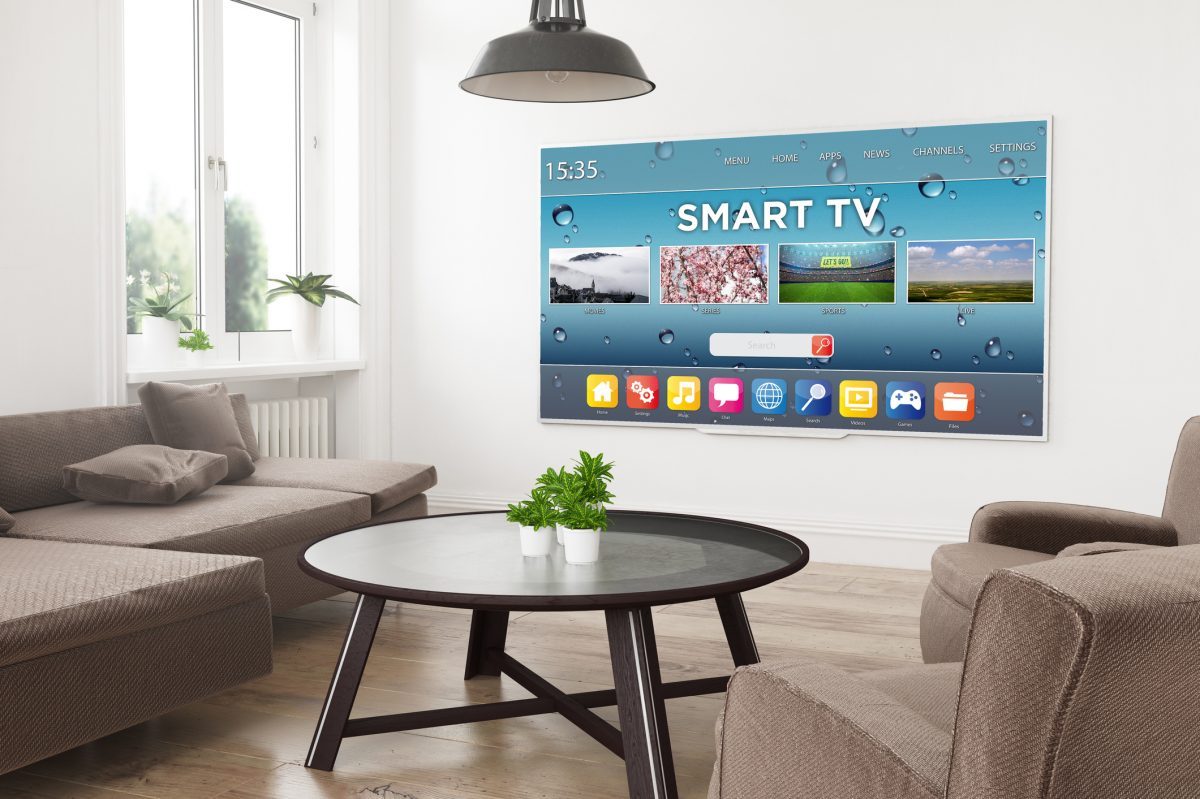Technology has come on in leaps and bounds throughout the last decade, and the progress made within the tech world doesn’t look set to slow down any time soon. This is especially true of television technology, which has undergone a huge change in recent years, with innovative new technologies introduced each year.
But what does 2019 hold for television technology? Whilst it may appear that the industry has finally come as far as it can in introducing new technology, television manufacturers appear to have a few tricks up their sleeves in terms of bringing an improved experience for TV users.
8K TVs
8K TVs hit shelves in late 2018, with Samsung leading the way in developing this technology, and in 2019 8K TVs look set to be released by many other manufacturers. But why are TV manufacturers introducing 8K technology when 4K has only been around for a few years? The answer is pretty simple: 8K is the future of TV viewing.
8K TVs have four times the resolution of cheap 4K TVs, which means your viewing experience is vastly improved when watching an 8K TV. The main issue with these TVs is that there is still very little 8K-ready content on the market at present, and whilst 8K TVs are able to upscale content slightly, the full potential of 8K is yet to be fully realised.
At present, 8K TVs are extremely expensive due to only a few being available on the market, with Samsung’s models floating around the $10,000 mark. This price will inevitably begin to drop in the coming years though, as more manufacturers officially release their 8K models.
Whilst it’s fair to say it might be a good while before you see any fantastic 8K TV deals, this technology will rise to prominence in the very near future.
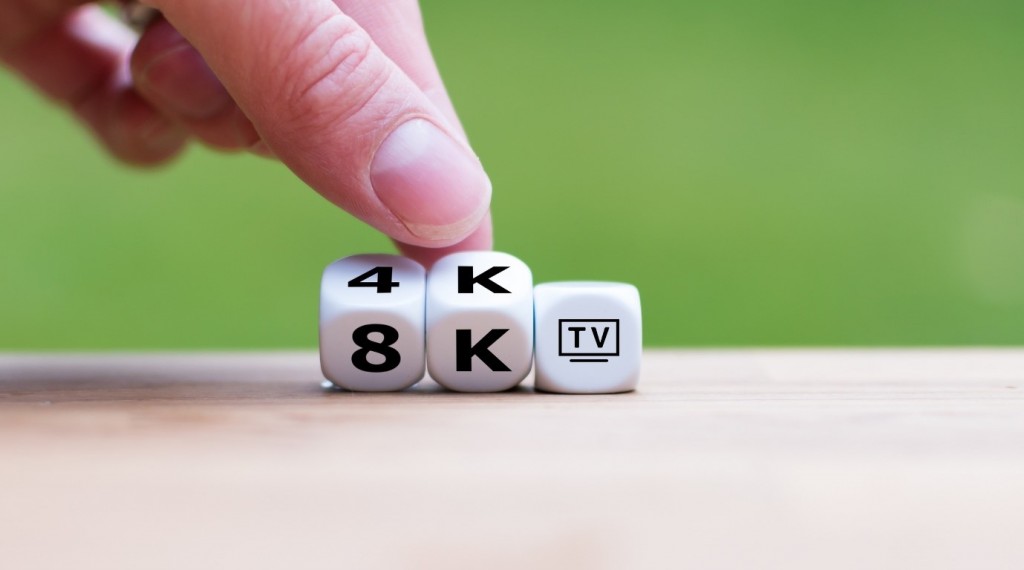
Micro LED Televisions
Championed by Samsung, Micro LED television technology could well take off in 2019 to revolutionise the way in which we watch TV. While manufacturers like LG, Panasonic and Sony are currently busy producing OLED TVs, Samsung have decided to back Micro LED televisions.
Micro LED is a flat-panel display technology which was initially developed back in 2000. The displays are comprised of several microscopic LEDs, which self-illuminate. In recent years, Samsung invested time in developing this technology, which brings the benefit of ultra-low black levels, much like a cheap OLED TV, but with higher peak brightness.
When comparing Micro LED technology to OLED TVs, there aren’t actually too many differences of note. The main benefit Micro LED can bring is their peak brightness level; while OLED panels are most definitely improving, they are limited in just how bright their pixels can go.
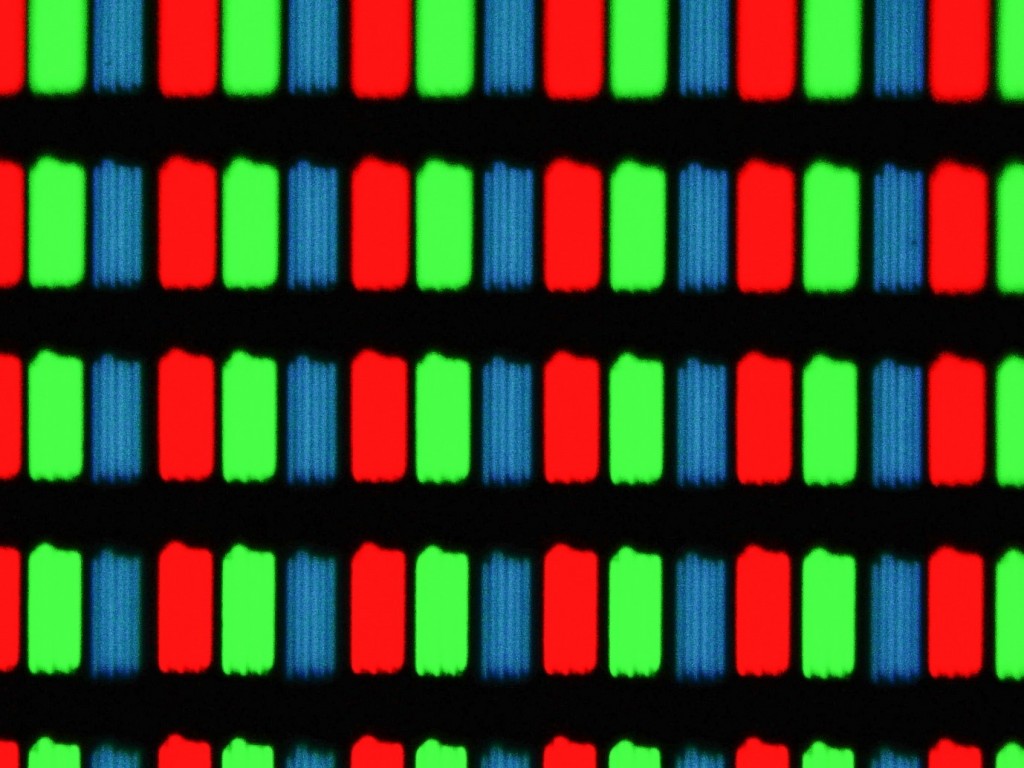
QLED Televisions
Whilst officially making its breakthrough in 2018, QLED technology looks set to continue dominating in 2019. Much like with Micro LED technology, Samsung have backed QLED TVs over OLED, unlike other TV manufacturers.
QLED or Quantum dot Light Emitting Diode has an awful lot in common with your standard LED-backlit LCD TVs, but it is seen as the next step on from OLED TVs. Essentially Samsung are looking to get ahead of their competitors by skipping OLED technology altogether and going straight to QLED.
The main difference between QLED and OLED is that the former will provide far superior brightness and on-screen colours, whilst also boasting the same quality features as OLED, such as an unrivalled contract, a vast and clear viewing angle, as well as super-deep blacks.
QLED TVs work by using quantum dots, which isn’t exactly new technology, as it has been around since 2015. The quantum dots are tiny semiconductor particles which are only a few nanometers in size.
The hope is that these tiny dots will be able to emit their own light in the not-too-distant future, but for now, Samsung’s models rely on being hit by light from a backlight, just like current LCD TVs do. This results in the quantum dots offering massively improved colours over LCD sets, and even over OLED TVs, as OLED Technology simply can’t get close to the levels of brightness that QLED can offer.
Keep your eyes peeled for QLED TVs hitting shops late in 2019 or possibly early in 2020.


